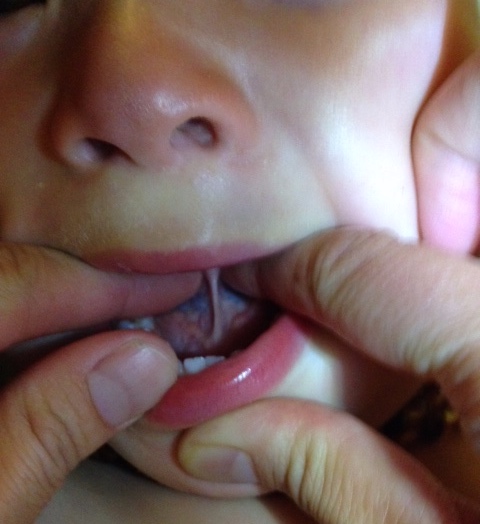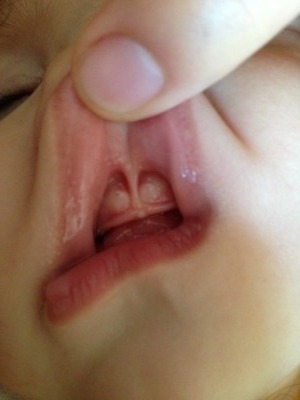How many times have you heard a so-called breastfeeding ‘fact’ from a family member, friend, healthcare professional, or online resource that has your ‘mama-radar’ going off at warp speed? Maybe something just doesn’t sound right. Maybe it goes against all of your breastfeeding instincts. Maybe it is completely contradictory to what you heard the previous day. Well, it’s time to start busting those myths and misconceptions!
World Breastfeeding Week 2019 begins in a few days and this year’s theme is all about empowering breastfeeding families. We couldn’t think of a better way to empower breastfeeding families than by providing real facts to some of the most common breastfeeding myths/misconceptions! We will also be chatting about additional breastfeeding misconceptions on Baby Tula’s Facebook Live on August 2, 2019 at 10am PST, so definitely join us that day!
So, here we go…..
Myth #1: When pregnant, you should rough up your nipples to prepare them for breastfeeding.
Ok, so who thought up this ridiculous idea??? Why would we ever think that "roughing up" our nipples by rubbing them with a towel was a good recommendation. There is no need to cause nipple trauma and scabbing before your baby even arrives! In fact, rubbing your nipples can actually remove the protective substances produced by the breast during pregnancy and afterwards. Sure, your nipples may feel sensitive for those first few days to weeks, but with a great latch, they will become less sensitive over time, all on their own. No need to do anything to prepare them prior to your baby being born.
Myth #2: If your baby feeds more than every 2-3 hours, then he/she is not getting enough.
So, this statement is a little complicated. Sometimes, this can be true, especially if your baby is not gaining weight well and feeding every hour throughout the day and night. This situation might indicate that your baby might not be getting enough milk and your milk supply/baby milk transfer should be assessed.
Typical baby behavior is feeding about 8-12 times per 24 hours, especially for the first few months. Remember, babies’ tummies are small, so they need frequent, small feedings. Some babies with reflux and tummy issues also like small, frequent feedings. There are also situations where babies temporarily feed more frequently, like during cluster feedings times (aka witching hours) and during growth spurts (which last a few days.) Cluster feeding often happens when your baby needs a bit more snuggling time to unwind from the day and growth spurts are nature’s way of requesting more milk for future feedings. So, these are totally normal situations when a baby would feed more frequently than every 2-3 hours and don’t indicate a low supply, at all.
Myth #3: Nursing beyond a year is just for mom’s benefit
So, let’s just think about this one for a second. Is there an on/off switch that makes breastmilk less valuable and nutritious on a baby’s first birthday? Does it suddenly lose all of its immunological properties? I think not. In fact, there are so many nutritional, social, mental, and physical benefits for breastfeeding beyond a year, as well as the fact that breastfeeding beyond a year is normal. Kellymom.com has incredible resources on this subject, so I will just share a few of my favorites:
According to Dewey (2001), in the second year (12-23 months), 448 mL of breastmilk provides:
29% of energy requirements
43% of protein requirements
36% of calcium requirements
75% of vitamin A requirements
76% of folate requirements
94% of vitamin B12 requirements
60% of vitamin C requirements
Immunities in mother’s milk continues as long as breastfeeding continues and some increase in concentration as the child gets older.
The American Academy of Pediatrics recommends that “Breastfeeding should be continued for at least the first year of life and beyond for as long as mutually desired by mother and child… Increased duration of breastfeeding confers significant health and developmental benefits for the child and the mother… There is no upper limit to the duration of breastfeeding and no evidence of psychologic or developmental harm from breastfeeding into the third year of life or longer.” (AAP 2012, AAP 2005)
So, if you want to breastfeed for longer than a year, go for it! It is fantastic for both you and your child. What’s most important is the breastfeeding family’s goals for how long they want to breastfeed…. Not what others believe should be the goal!
Myth #4: Small breasts = small milk supply; Large breasts = large milk supply
As a lactation consultant, I see breasts of all shapes and sizes and this misconception could not be further from the truth. Milk supply is determined by the amount of glandular tissue you have in your breasts and how this fatty tissue expands and multiplies during pregnancy and after your baby is born. Milk supply also significantly depends on breast emptying after your baby is born…. The more you empty your breasts when feeding or pumping, the more signals are sent to your brain to produce more milk. The actual breast is just the vessel/container to hold the milk. So, a size DD breast can hold more milk at one time, compared to a size B breast, but may not necessarily differ in the amount of milk made over a 24 hour period.
Myth #5: If your baby is taking forever to transfer milk while breastfeeding, then you have a lazy baby
I don’t think there are many phrases I despise more than ‘lazy baby.’ Think about this…. Why would a baby choose to be lazy? Your baby’s only job is to feed to stay alive, therefore survival is based on being as robust a feeder possible. A baby who seems ‘lazy’ and takes over an hour (on average) to breastfeed is actually a baby having a difficult time breastfeeding. This could be caused by tethered oral tissue (tongue/lip tie), jaundice, using a nipple shield, prematurity, as well as many other reasons. So, babies who appear ‘lazy’ are often just doing the best that they can with the situation they’ve been dealt. And this is a fantastic reason to meet with an IBCLC to see how you can help your baby begin to feed more effectively and easily, as soon as possible!
So, what other breastfeeding myths and misconceptions absolutely drive you crazy?
Share them in the comments and we will do our best to remedy this misinformation in our interview on Baby Tula’s Facebook Live this week.





